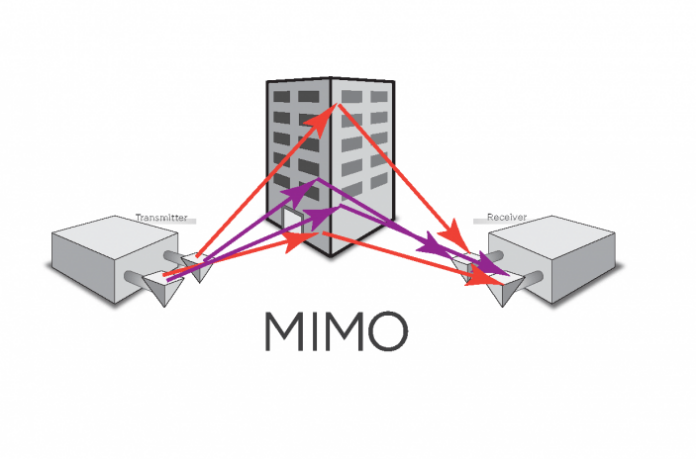For the last few years small cells have been looked at as the answer to fill coverage gaps at the edge of networks and keep up with increased network demands in densely populated areas. But the man who coined the term massive MIMO says small cells could be rendered useless by the propagation of massive MIMO.
Speaking to a crowd at the Texas Wireless Summit, Tom Marzetta, Co-Head of FutureX Massive MIMO project at Alcatel-Lucent Bell Labs, drew a reaction from the room when he proclaimed: “You don’t need small cells if you have massive MIMO. They’re useless.”
Marzetta believes the Multiple-Input Multiple-Output (MIMO) antennas are the answer to the long-term problems small cells were designed to address. Put in simplistic terms, massive MIMO means the more antennas transmitters and receivers have, the more possible transmission paths, which equates to better data rates and reliability.
“In one sense massive MIMO removes a lot of the pressing perceived need for small cells because massive MIMO with its superior power control can give uniformly good service throughout the cell so its more or less eliminated or will eliminate the problem of what do you do with people with low SNIRs on the edge of the cell,” he said.
But while he may be slightly biased to the technology he played a major part in developing, he doesn’t believe small cells are completely useless. He sees them playing a bit of a more specialized role in future networks, lending a helping hand to Massive MIMO to achieve higher throughput more cost effectively.
“Is there further work for small cells if you’ve already have a network of massive MIMO be stations? We believe the answer is yes. We’ve been doing some research recently on contemporaneous, or you might say homogeneous, operation of small cells with massive MIMO,” Marzetta explained. “So the idea is you have deployed a massive MIMO cellular system and now for certain areas of your cell you want to provide extra high throughput. You could do that with Massive MIMO if you cranked up the number of antennas, but quite possibly a more economical thing would be to deploy one or more small cells in strategic locations and the idea is these small cells would operate in exactly the same band of frequencies at the same time as does the massive MIMO system.”
He adds, the user would most likely not know where the MIMO antenna leaves off and the small cell begins. “In point of fact, the user wouldn’t know whether he or she was getting this extra good service from the massive MIMO base station itself or from the small cell.”
The advantage of massive MIMO as we move toward 5G, Marzetta says, is it is more focused, which allows it to work with other technologies without interference. “The principle of operation is extra degrees of freedom that the massive MIMO array has permits it to serve its regular customers while steering null or nulls in the direction of the users who will receive small cell service so through this scheme, you avoid interfering between the two services.”
Mazetta does admit massive MIMO is a ways out from completely replacing the need for small cells. “It depends on the deployment. You could have massive MIMO for certain dedicated applications where you now don’t have a wireless solution such as fixed wireless access to homes,” he said. “On the other hand, to do a complete replacement of 4G LTE, that’s a very ambitious undertaking and would entail big standards changes.”
Service providers last year spent $41.3 billion on U.S. spectrum. Full realization of massive multiple-input/multiple-output antenna technology could hugely increase the utility of those costly spectral assets by a factor of 50.

